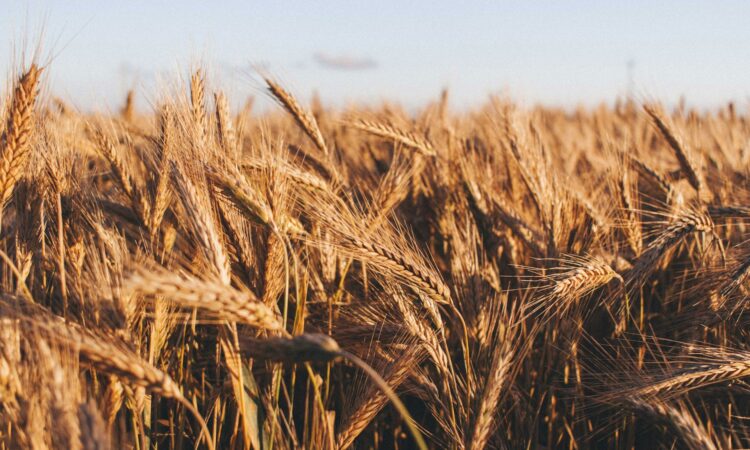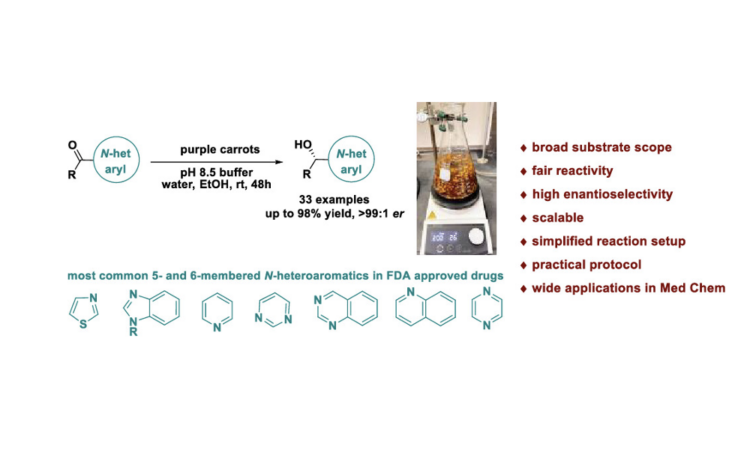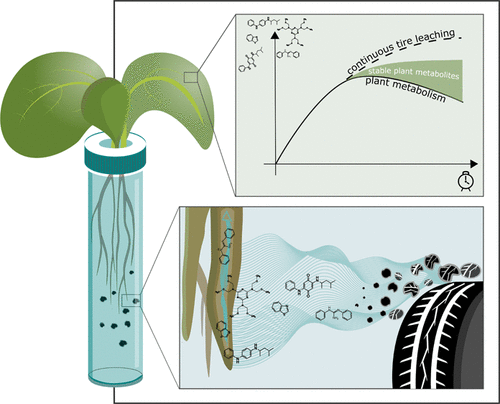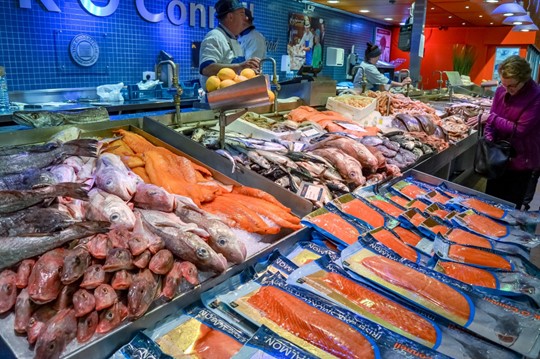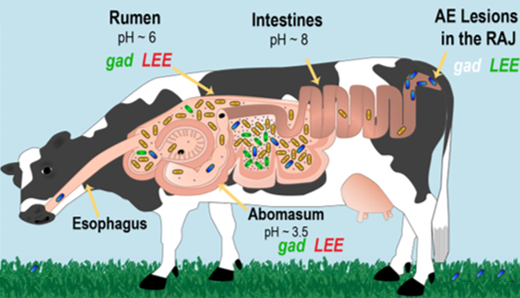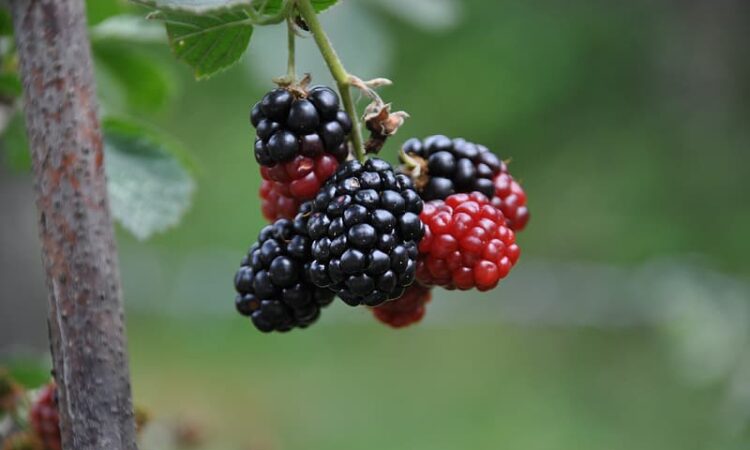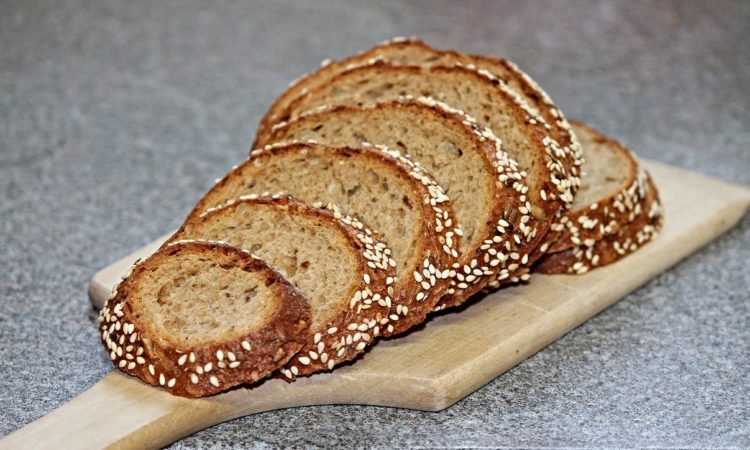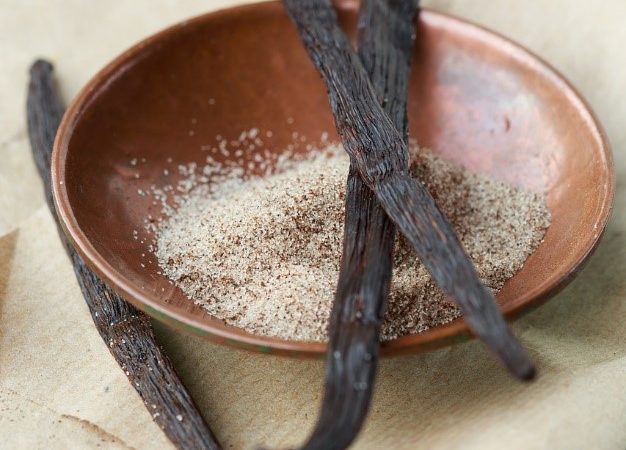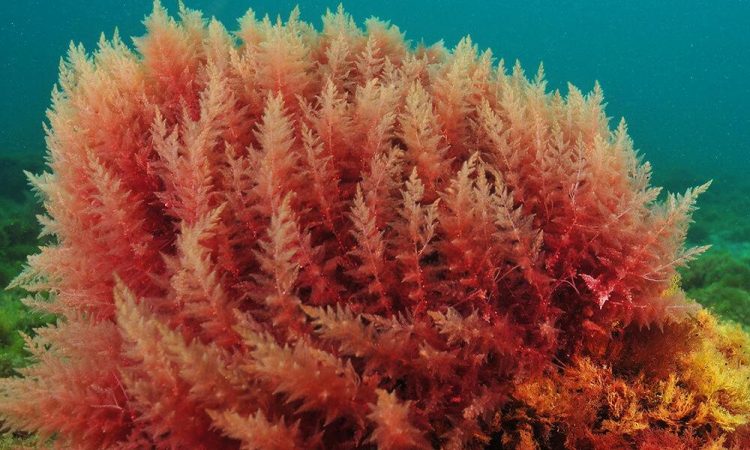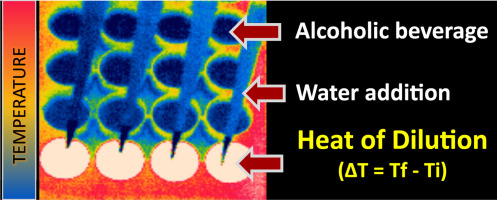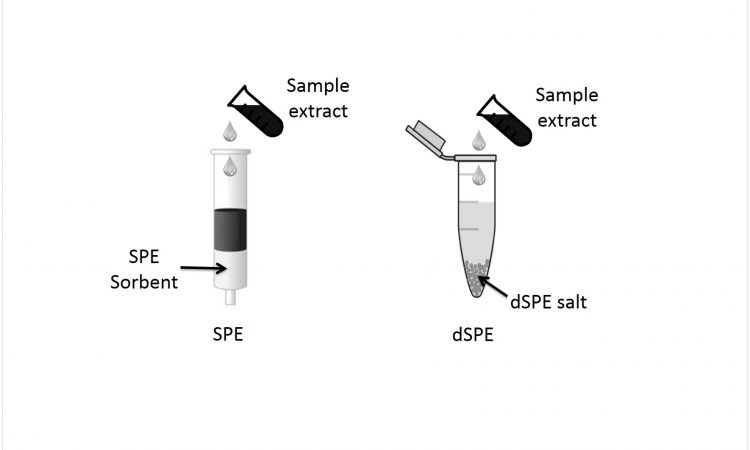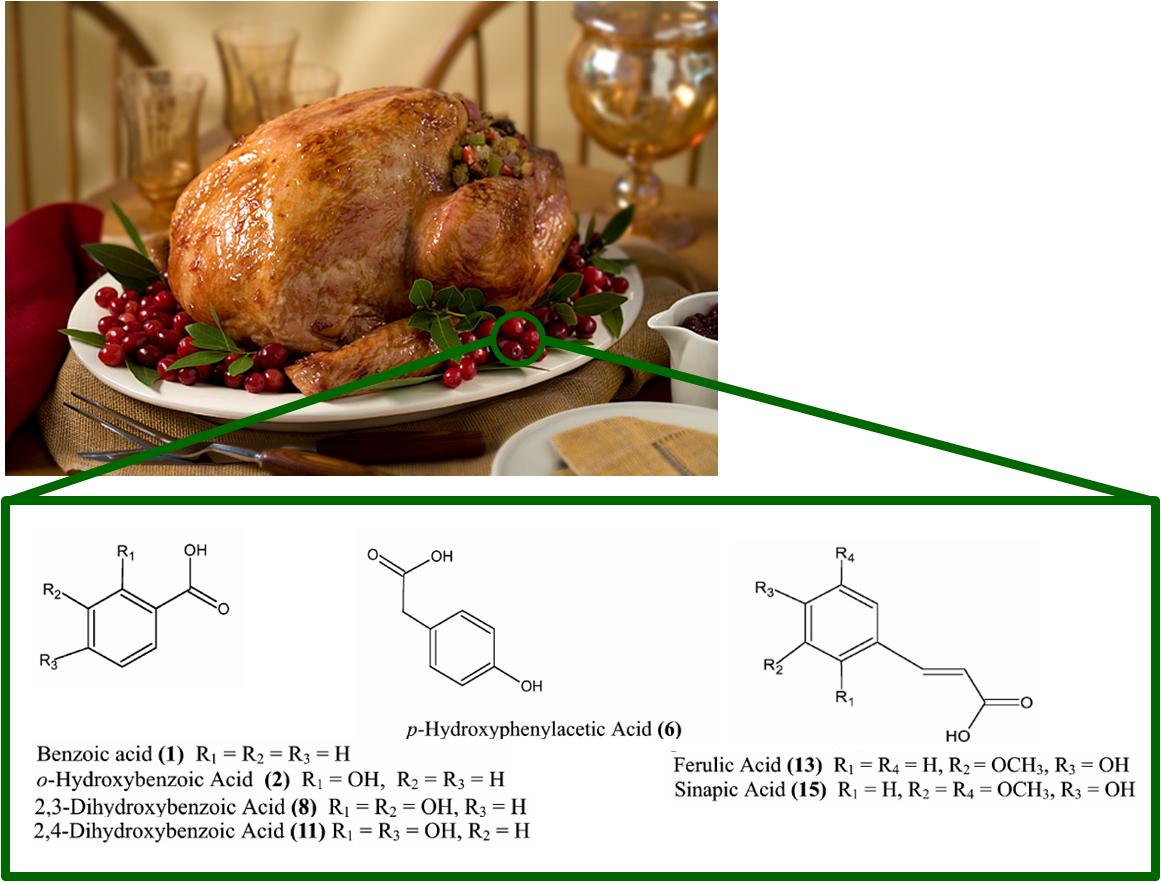Synthesis of lignin-derived materials provides an environmentally friendly alternative to common pesticide additives for plant development.
Got Carrots?… Harnessing Nature’s Enzymes to Reduce Ketones to Chiral Alcohols
Got carrots? Researchers have developed a new way to enantioselectively reduce ketones to alcohols.
Tires in your salad? Lettuce absorbs pollutants from tire wear, study finds
Researchers show that lettuce plants can metabolize tire wear products into new compounds with unknown toxicities.
Toxic food for thought: detecting illegally added chemicals in fresh food products
Researchers develop a novel method for detecting illegally added formaldehyde in food products.
Pathogenic E. coli Can Survive Stomach Acid…For Now
Infected cattle can transmit E. coli to humans through contaminated ground beef, but scientists are looking for a solution.
Boiling mulberry juice increases its anti-cancer properties
Black mulberry juice is a known antioxidant – compounds that can consume free radicals before they can harm your cells. Researchers at Guangdong University also show that boiling mulberries increases its ability to treat colon cancer in cell culture, but not through antioxidant mechanisms.
Eating Spices could Boost Your Immune System
An interesting correlation has been discovered between consumption of spices and a lower fatality rate from COVID-19.
Want fluffy whole wheat bread? Use smaller flour particles
Chemists take a gander at how to make more appealing whole wheat loaves. For your COVID-19 baking needs and beyond!
Vanilla substitute loosens up cell membranes to increase drug uptake
Could vanillin, the flavoring molecule extracted from vanilla bean, increase our body’s ability to absorb ingested drugs?
Edible microorganism: the food of the future?
A group from the University of Tübingen obtained single-cell proteins with circular resources and renewable energy.
Wine or Wine Not? An Examination of What Makes a Wine Smell
Have you ever wondered what you’re smelling when you stick your nose into a glass of wine? Read this chembite to find out!
Finding a New Way to Cook Using Every Part of the…Seaweed?
Ever taken a bite of ice cream and wondered why it’s so smooth? In this paper, the chemical responsible for that is extracted from seaweed and nothing is wasted!
Simple Measurement of Alcohol Content with an Infrared Camera
Title: One-Shot, reagent-free determination of the alcoholic content of distilled beverages by thermal infrared enthalpimetry Authors: Juliano Barin et. al. Publication Info: https://doi.org/10.1016/j.talanta.2017.05.011 During the manufacture of chemical products, the ability to rapidly and accurately monitoring the concentrations of various components is critical. For the alcoholic beverage industry,…
How much pesticides are in your food? – Sample preparation in a nutshell
How do we know we are safe with what we eat? Here, the authors introduce a fast and easy way to dig out the pesticides from our food for analysis.
Thanksgiving chemistry- cranberries and your blood
To do the biological study of how particular (good) chemicals like antioxidants affect people, there needs to be a quick, reliable, and consistent way to measure those chemicals in humans. Furthermore, a good method would test for multiple chemicals, because the health benefits from some chemicals only exist in the presence of others (phenolic acids and flavonoids in this case). The authors of this paper demonstrate a gas-chromatography mass-spectrometry (GC-MS) method to investigate how some of the chemicals present in cranberries (from cranberry juice) go into your bloodstream after you ingest them.

